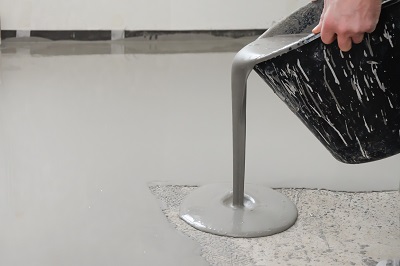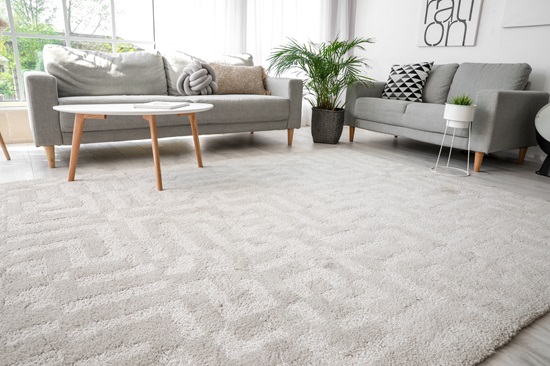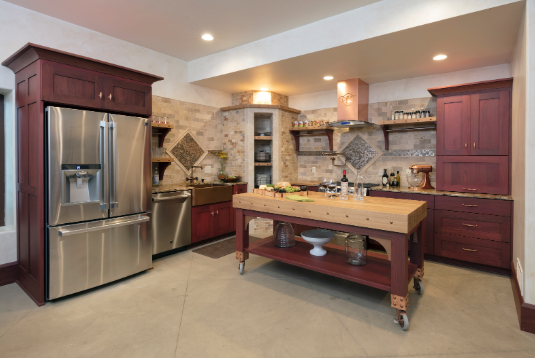When it comes to liquid flow screeding and liquid screeding in London properties, ensuring that the floor is flat, smooth, and level is the most important part of the job. This is critical as it is likely to see constant and/or heavy traffic footfall so needs to be done to perfection.

At many of our larger building sites today, the Screed team uses pre-mixed screeds delivered by truck, and in many cases the liquid floor screed comes with added retardants so that they can remain workable all day.
Old-fashioned sand and cement screed is fairly inexpensive in terms of production costs as it is prepared by unskilled labour and trowelled on by hand. Unfortunately, this process takes a considerable amount of time.
That said, liquid screeding in London is sometimes done differently, and our liquid anhydrite screeds certainly provide several advantages. For a start, this kind of liquid screeding at London sites may cost more, but the speed of laying will offset this. Our liquid screed engineers pump it into position, and are able to lay it up to 20 times as fast as a sand and cement screed can be laid by hand, saving both time and money for our clients.
With liquid floor screed, even with underfloor heating installed, the overall depth of the screed can be as little as 45mm compared with at least 75mm, and often more, for sand and cement.The huge advantage is that the screed can be walked on in as little as 24 – 48 hours, and it is far less likely to crack or shrink than sand and cement.








